|
Early spring is the time to check out catalogs, place seed orders and start seeds. Learn about several seed starting techniques, how to decipher catalog and seed package jargon, and proper planting conditions in this program.
The Spooner Agriculture Research Station Teaching & Display Garden holds a host of great gardening tips. Plan a visit now to gather these tips and see the garden at its peak. What's going on with this netting? Answer: Physical pest prevention as an alternative to using chemicals.
Physical Pest Prevention: Some insect pests can be controlled by putting up physical barriers that prevents the adults from reaching the plants to lay their eggs. This floating row cover protects these cabbages from imported cabbage worms and cabbage loopers, two highlight destructive caterpillars. Another example of this is burying squash and pumpkin vines to prevent Squash Vine Borer. The Teaching & Display Garden is open to the public for self-guided tours during day light hours seven days a week mid-May through mid-September. The Station’s Teaching and Display Garden is located at 780 Orchard Lane off Highway 70 just east of Spooner. Due to construction on Highway 70, Orchard Lane and Hwy 70 is closed at the Yellow River bridge so the only access to the Garden is via Orchard Lane to the north from Ramsdell or Ojibwa Rd.
Have you heard about “No Mow May?” Many people have committed to not mowing their yards in May, allowing flowering plants to grow to help provide food for pollinators. Before you stow away your mower for May, let’s look at what options you can take to help pollinators this Spring.
Do pollinators benefit from my unmowed lawn? Sometimes – it depends on your lawn. Lawns that consist solely of turfgrass provide little to no resources for pollinators. However, lawns that also contain low growing flowering plants, such as dandelions, can provide nectar and pollen to a wide range of pollinators. Lawns that are mowed higher (more than 3”) and less often tend to have more flowering plants, supporting a greater diversity of pollinators and other insects. However, if you let your lawn go unmowed and then mow more than one-third of the height at once, this can be stressful to both the turfgrass plants and the mower. For more information about how to take care of your lawn, see our Extension publication about lawn maintenance. For the complete resource go to: https://hort.extension.wisc.edu/articles/whats-the-deal-with-no-mow-may/ Kevin Schoessow, University of Wisconsin Extension Area Agriculture Development Educator for Burnett, Sawyer and Washburn Counties has been getting many questions about rodent damage. Here's his advice. Question: Because the snow was so deep this year, rodents were able to chew the bark from the trunks of our fruit trees. Is there any way the trees can survive this amount of damage? Response: Rest assured you are not the only person with this frustrating problem. If the girdling is more than 2/3 of the way around the tree trunk, there is little chance the tree will survive if nothing is done. This rodent damage removes the cambium tissue (new bark) layer which is responsible for moving nutrients and water from the roots to the buds. With this disruption in the trees ‘plumbing’ there is no way to keep buds and branches alive. Where there is partial girdling, there is a chance that part of the tree will remain alive, but the tree parts above girdled area will eventually die.
About the only hope to save or replace the missing bark and re-plumb the tree is to do a tree grafting technique called the bridge graft. This involves harvesting a one-two year old scion twig from the same tree or another apple tree and using this twig as a means to transfer nutrients and water. The twig must be long enough to bridge the gap from the base of the tree to above the girdled area. The twig is cut to a point on both ends and then inserted under the new bark at the base of the tree and above the wound. Several twigs are used, with a twig placed every inch and a half or so. This scion twig is then nailed into position with a small finish nail, then sealed with wax or pruning seal and perhaps some tape as well. The wounded area is left as is as there is no need to put a wound sealer over that. If the graft union is successful nutrients and water flow through the grafted scion twigs and feed the upper portions of the tree. Here is an article with some good pictures showing this process. https://www.matsumastergardeners.com/uploads/2/7/3/9/2739768/special_edition_2012_update.pdf Right now is the perfect time to do this! While twigs are still dormant. Here are additional resources
This is a repost from September 2018. Now that we are past Labor Day, it's time to start thinking about finishing up the garden tasks. Here are a few links with information for the rest of our growing season.
Mowing: According to David Bayer from UWEX Outagamie County the most important cultural practice associated with turf care is proper mowing. Mow high (3 inches) during the spring and summer months when grass reaches 4 inches. Continue mowing in the fall until the grass stops growing. Mow shorter in the last few mowings. For the last mowing set the mower 1 inch shorter to prevent snow mold in spring and to discourage moles, voles, and mice from burrowing in your lawn all winter.
Fertilizer: A fertilizer program is recommended based on your personal preference. A minimum maintenance program is to apply a winterizer fertilizer (26-0-12) in early September. If you prefer a more lush lawn, fertilizer can be applied two times; add an early June application to the September application. For our area a maximum application of three times is recommended; for a high maintenance lawn apply fertilizer in early June, July, and early September. The July fertilizer application can be skipped if a mulching mower is used. These are the active grass growing periods in Wisconsin. Never apply fertilizer during dormant periods. Seeding: The best time to establish a new lawn or reseed is between August 15 and September 20; mid-May is also a good time. It pays to buy quality seed; it will contain less weed seed and better grass varieties. According to the University Extension, “the only way to evaluate the quality of a mix is to read and understand the label. “ Extension recommends paying attention to these points when checking out labels:
Kentucky Blue Grass is one of the most popular grasses in Wisconsin. It is winter hardy, grows by rhizomes, is soft to touch, and mows well. However it goes into summer dormancy, does not tolerate heat well, is shade intolerant, and has high fertilizer needs. Most sod is Kentucky Blue Grass. Perennial Rye Grass is quick to germinate, but is not very winter hardy and is intolerant of summer stress of heat or drought. It is usually put into seed mixtures because it is quick to germinate and helps with early erosion control. Fine Fescues ( Hard, Red, or Chewings) have low fertilizer needs, are slow growing (less mowing), can be grown in shade or sun, and have some drought tolerance. However they are susceptible to disease in high traffic areas, and can get summer patch and snow mold. It is good to have a mix of Fine Fescues to help offset the negatives. The type of seed will determine the number of fertilizer applications needed and how much you want to mow. For example, a mix with a high percentage of Kentucky Blue Grass may not do well if you plan to fertilize once per year. Each seed type has its advantages and disadvantages. There are none that are perfect for every situation. UW Extension Bulletins These bulletins and more can be viewed and downloaded as a PDF file or purchased from the https://learningstore.uwex.edu/
Three Sisters Garden: This space located near the south end of the vegetable garden displays the “Three Sisters” combination of Corn, Beans and Squash. For centuries these three crops have been the center of Native American agriculture and culinary traditions. While planting styles varied, the concepts for planting these three vegetables near each other were as follow. The corn provides tall stalks for the beans to climb so they are not outcompeted by the sprawling squash. Beans being legumes, fix nitrogen through their symbiotic relationship with rhizobia bacteria, and provide nitrogen to the corn, and the large vining squash leaves shade the ground which helps retain soil moisture and reduces competition from weeds. The vegetables seeds for this planting were gifted to us by the Lac Courte Oreilles Ojibwe tribe and include Cherokee Trial of Tears black pole beans, Bear Island and Mandan Bride flint corn and the Gete Okosomin (big old squash). In this garden the corn was planted in early June in a swirl with space between rows approximately two feet. The inter swirl is Mandan Bride and the outer part of the swirl is Bear Island. When the corn was about 6 sinches tall a single bean seed was planted near the base of each corn plant. About a week later after the beans germinated the squash seeds were planted several feet around the edges of the outer swirl of corn. Seed to Kitchen Collaborative/Organic Seed Alliance vegetable trials: For many years the Spooner Research Station has conducted field scale organic vegetable variety trials for the SKC project. The goal of this research is to evaluate new and promising vegetable varieties that have improved flavor and direct market qualities. These plots are typically 1/8 to over one acre in size and include replicated and randomized plantings. To increase participation and feedback, gardeners and fresh market growers can now participate in evaluating select breeding line in their own gardens. Participating gardeners are sent all the seeds they need for their trials, labels, planting maps and datasheets. They agree to start the seeds and plant a minimum of 3-4 plant and manage them as they normally would other crops and provide feedback on how plants grew. In the Display Garden we have a pepper breeding trial, four different tomato breeding trials, and several potato breeding trials. More info at https://seedtokitchen.horticulture.wisc.edu/ Children’s Garden and Little Free Library: We now have an officially registered Little Free Library located in what is now being called our Children’s Garden Area. This Little Free Library features kids’ books and will be incorporated into our summer Kids in the Garden program. Organic Mulches in the Garden: Keeping the soil covered is one of the guiding principles of improving soil health, and mulches are one option. Shredded bark and wood chips are being used in walkways and under perennial plants, and various locally sourced plant materials are used under and around annual plants. Organic mulches suppress weeds, help retain soil moisture and enrich the soil with organic matter and nutrients. The Teaching & Display Garden is a joint effort between UW-Madison College of Agriculture and Life
Science Spooner Agriculture Research Station, UW-Madison Division of Extension and Master Gardener and Research Station Volunteers. More info at https://spooner.ars.wisc.edu/
Late Season Issues Mini Webinars Yard and Garden Cleanup with Diseases and Insects in Mind Wednesday, August 24, 12:00 p.m. Be prepared to approach your garden and yard cleanup with a better understanding of strategies you can use to benefit your yard, keeping in mind plant diseases, insects, winter interest and wildlife food. Presented by: Andrea Ackerman, Horticulture Outreach Specialist, UW-Madison Division of Extension Brown County Fall “Lawndry” List Wednesday, August 31, 12:00 p.m. Fall is a good time of year to give your lawn some TLC. Join us to learn more about lawn fertilizer requirements and recommendations for this time of year, aeration and overseeding, and the basics of weed control. Presented by: Paul Koch, Associate Professor, Department of Plant Pathology, UW-Madison Bringing the Garden Inside Wednesday, September 7, 12:00 p.m. Get ready to continue enjoying your garden by bringing your plants indoors. You’ll learn about which plants can come in, the requirements for growing plants indoors after they have been outside all summer, and how to properly transition them to their new indoor home. Presented by: Darrin Kimbler, Agriculture Educator, UW-Madison Division of Extension Iron County To register for any of these mini webinars, go to https://bit.ly/3g0IfhF This mini-webinar series is hosted by UW-Madison, Division of Extension, Horticulture. For upcoming events and learning opportunities go to: https://hort.extension.wisc.edu/events/ From: Kevin Schoessow, UW Extension Area Agriculture Development Educator, Spooner Agricultural Research Station
Japanese beetle a voracious defoliator of many landscape and garden plants has been confirmed in many locations in NW Wisconsin in recent weeks. While very common in other parts of the state, this pest has not been known to be in our region until recently. Adults beetle feed on over 300 species of plants. Roses, birch, lindens, grapes, raspberries, Norway maples, beans, apples, plums, crabapples, elms, beech, asparagus, and rhubarb are some of its favorite species. Adult beetles emerge in early to mid-July and feed for about six to eight weeks. This feeding is quite noticeable and concerning especially on prized perennials and on fruits and vegetables. Japanese beetle are tough to control, especially when bees and other beneficial insects are active during the same time. Gardeners need to be cautious in their management decisions and be aware of unintended consequences of treatment options. To help gardeners and homeowners make informed decisions about management options for Japanese beetles the following resources should be very helpful. The first is a wonderfully insightful webinar presentation by PJ Liesch, Entomologist and Director of the UW-Madison Insect Diagnostic Lab. The recorded presentation can be found on the Wisconsin Horticulture Division of Extension website https://hort.extension.wisc.edu/videos/ or directly through youtube at https://www.youtube.com/watch?v=TFFZs2gLAfs The other is an article title Japanese Beetle https://hort.extension.wisc.edu/articles/japanese-beetle/ |
|
| North Country MGV | gARDEN bLOGS |
Location |
|
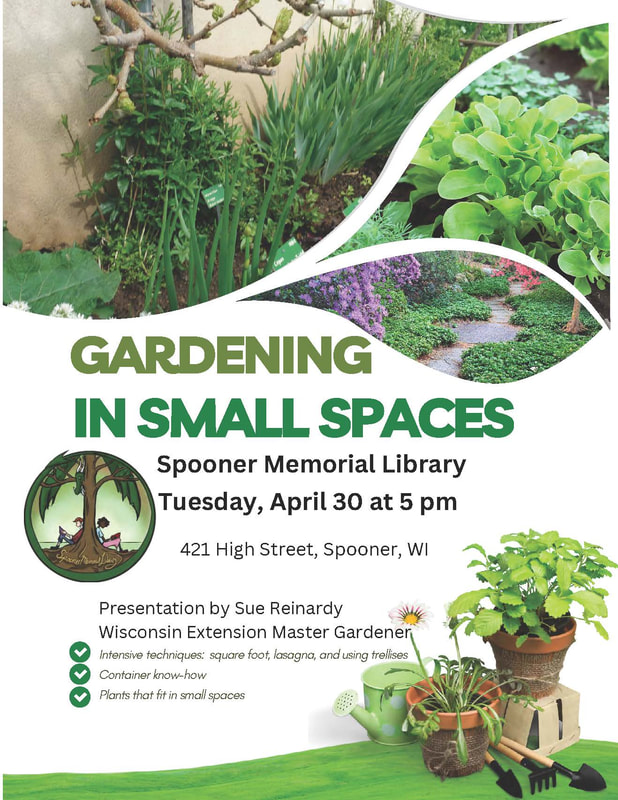
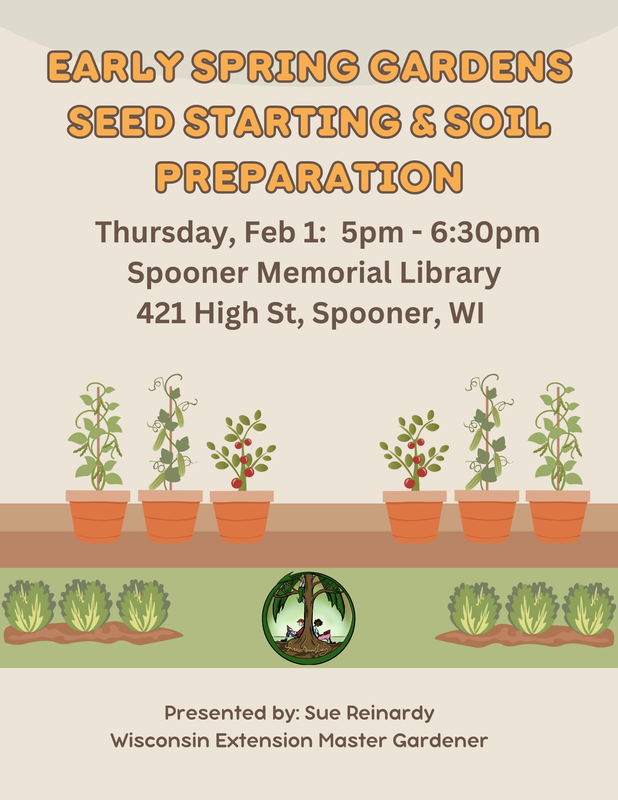
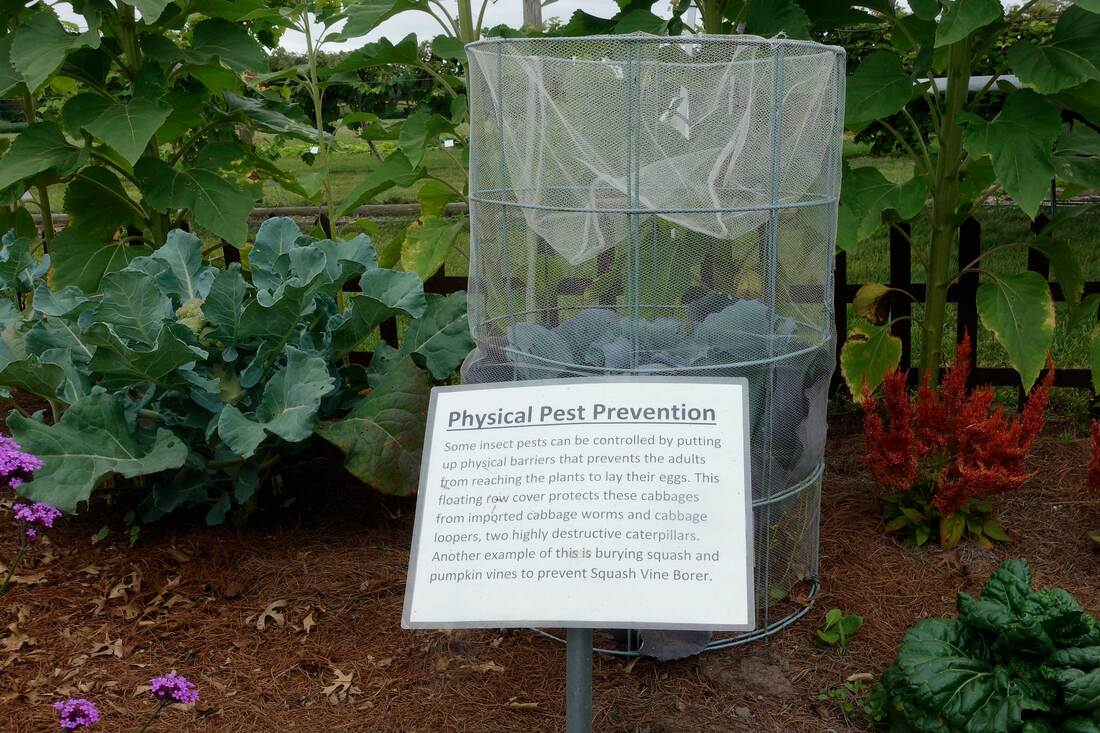
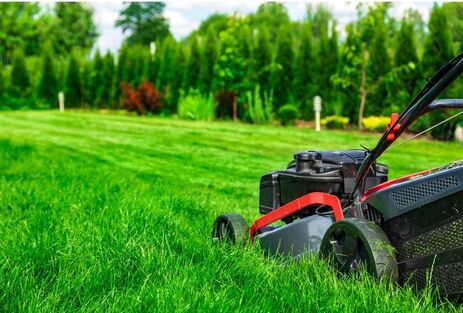
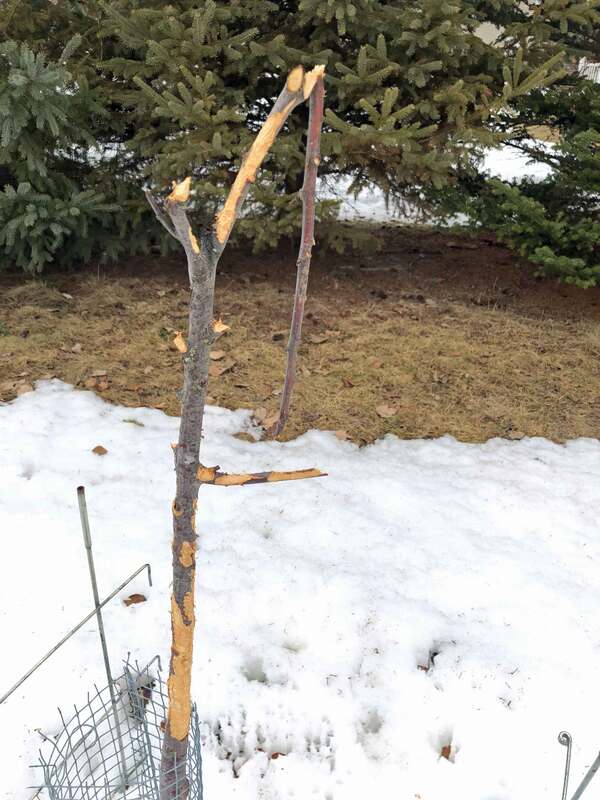
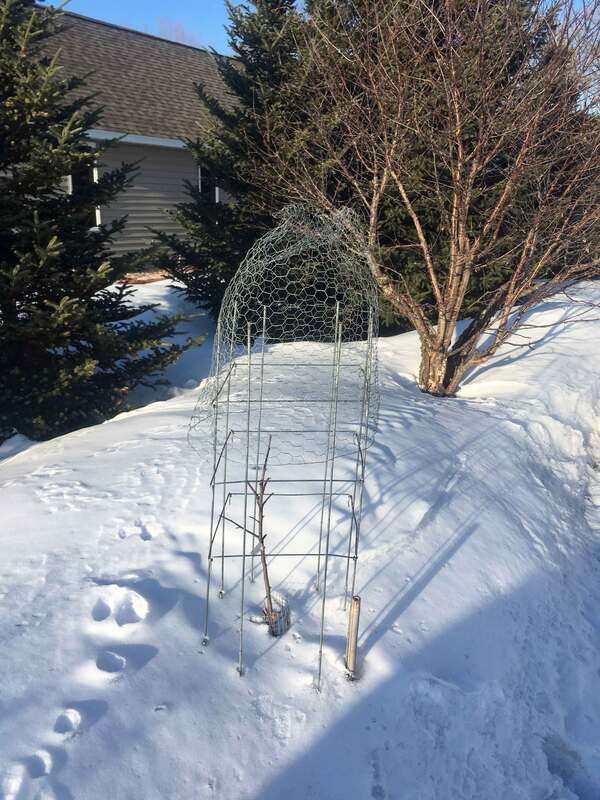
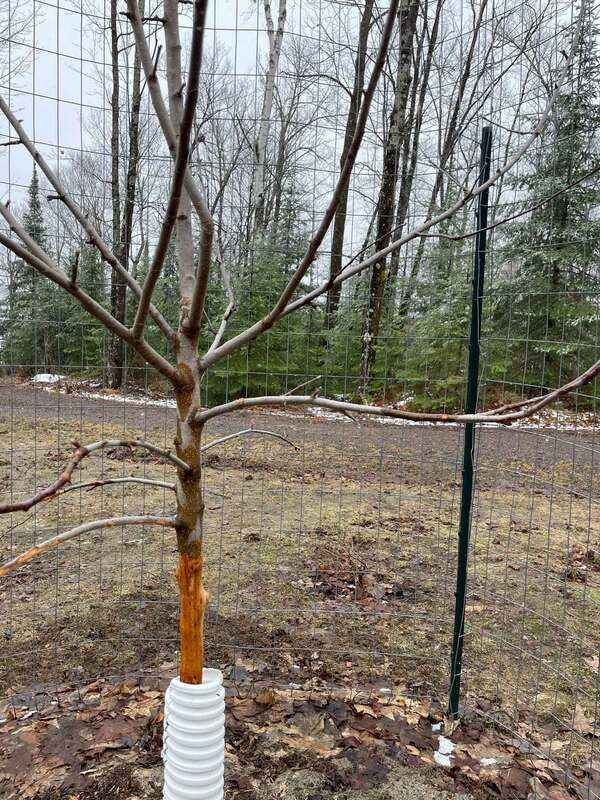
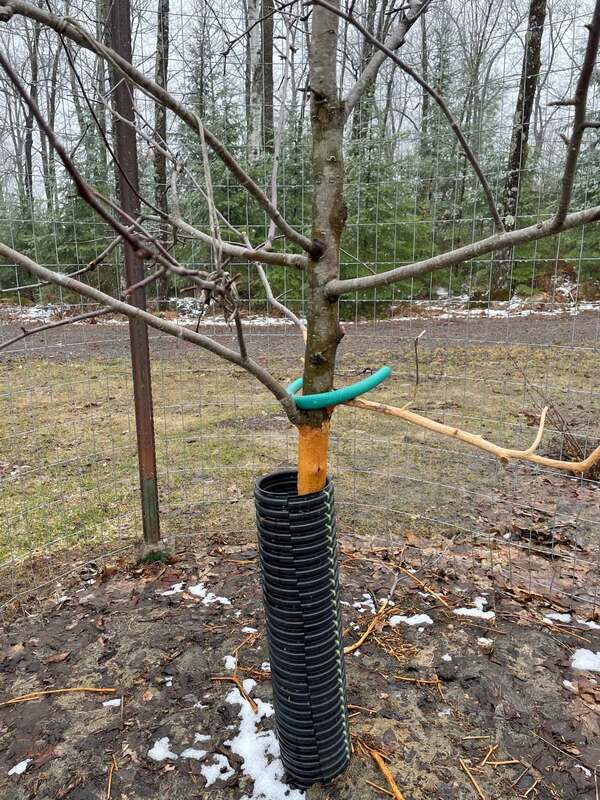
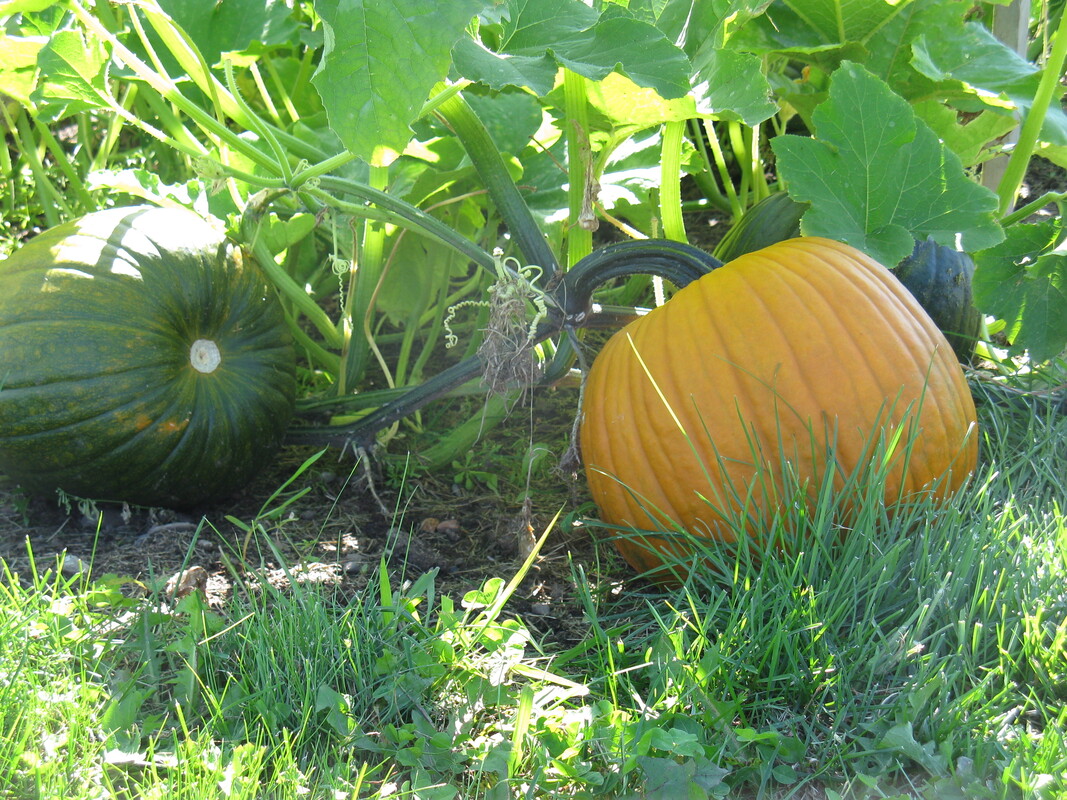
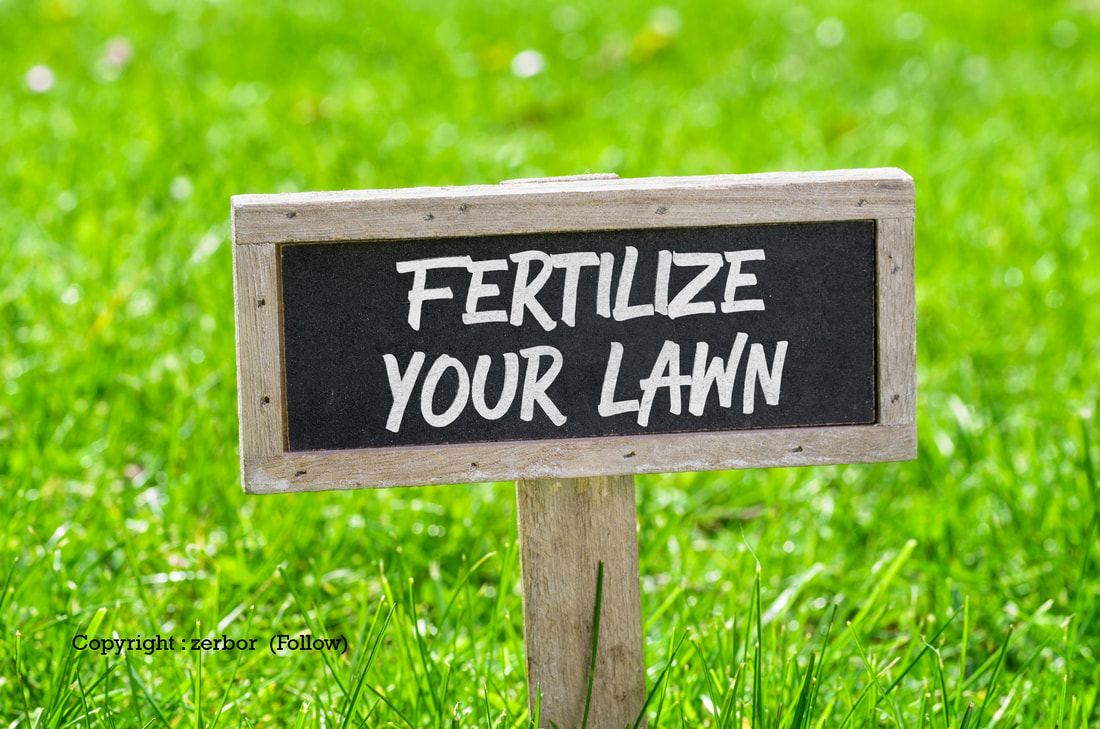
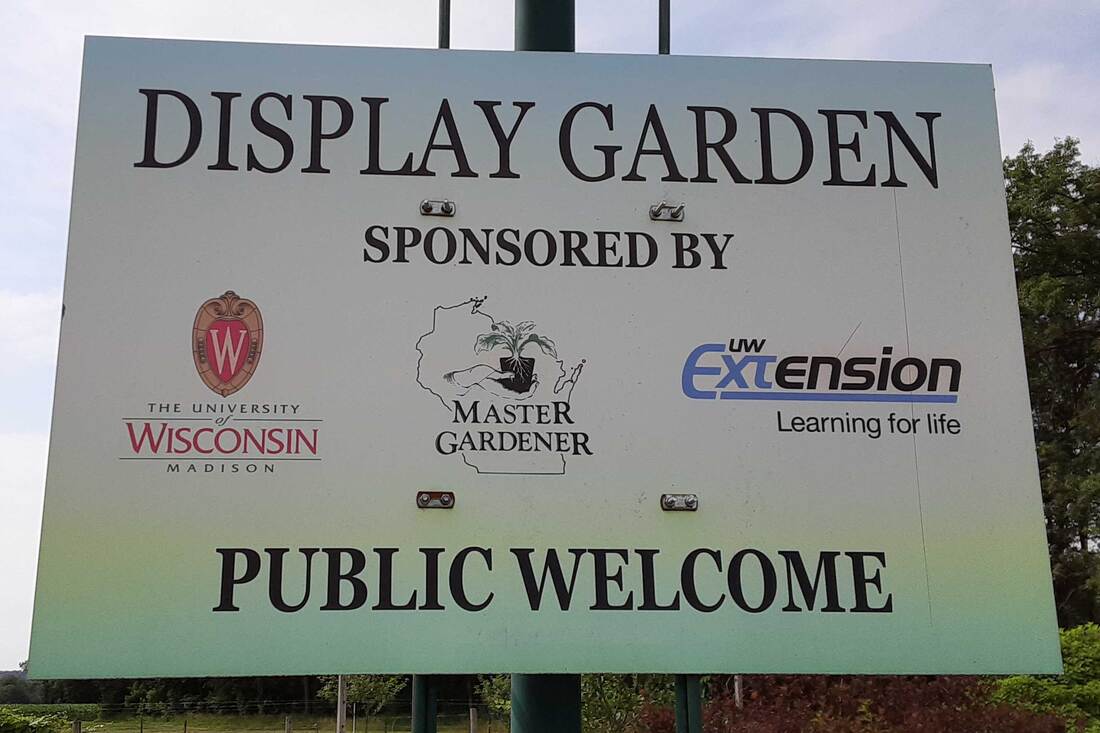
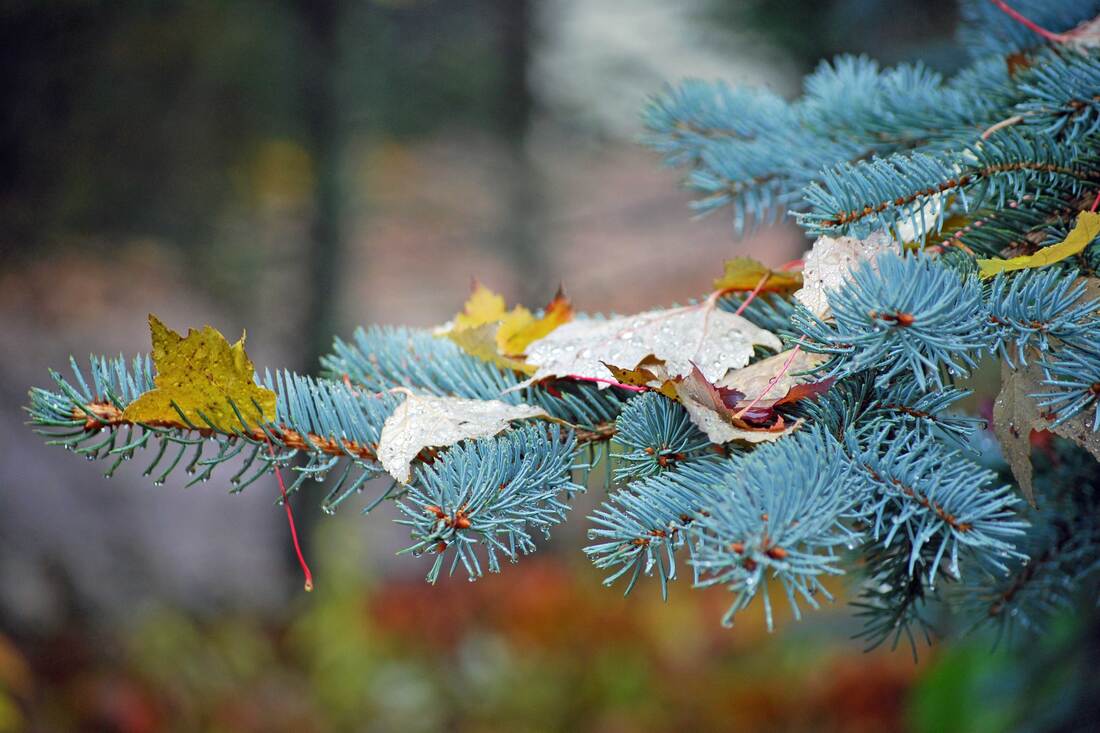
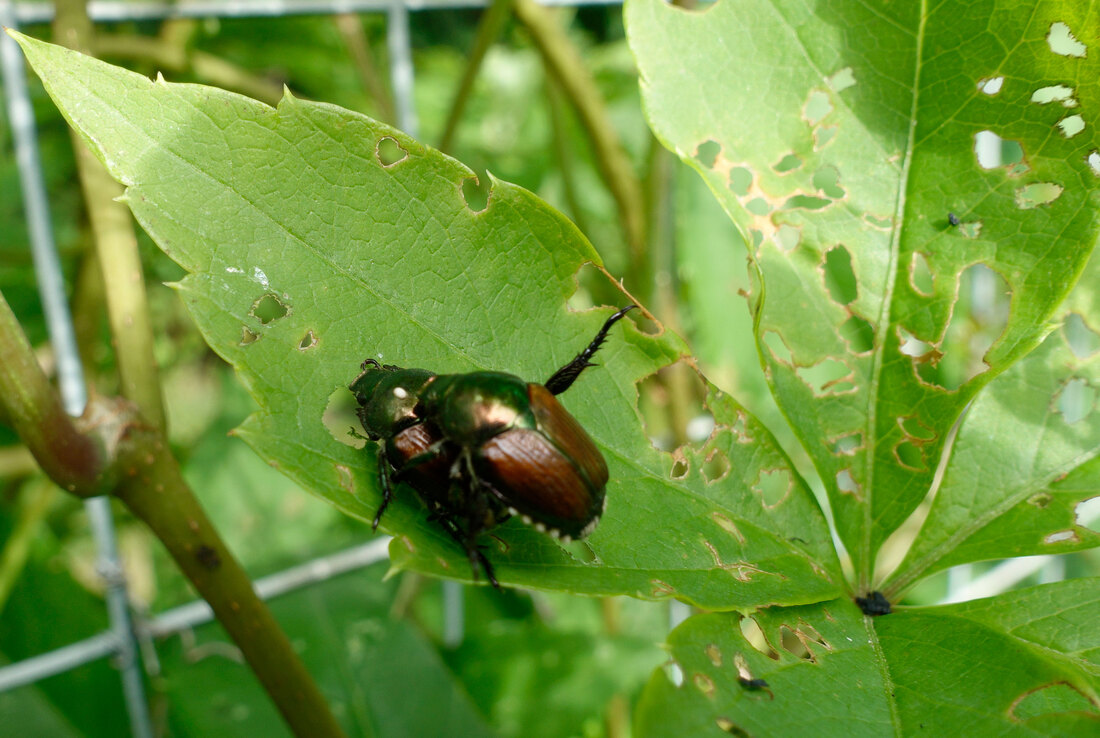
 RSS Feed
RSS Feed